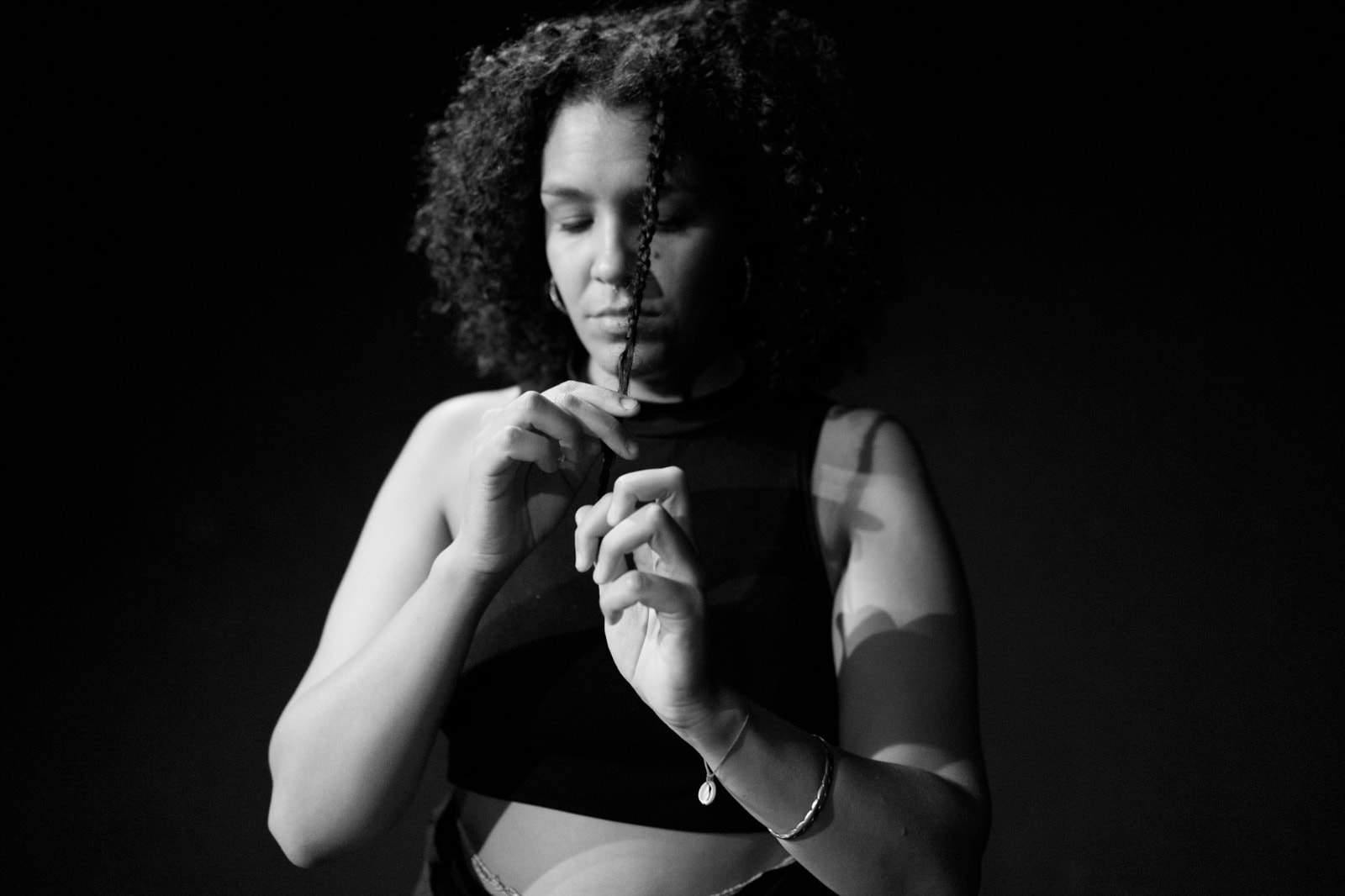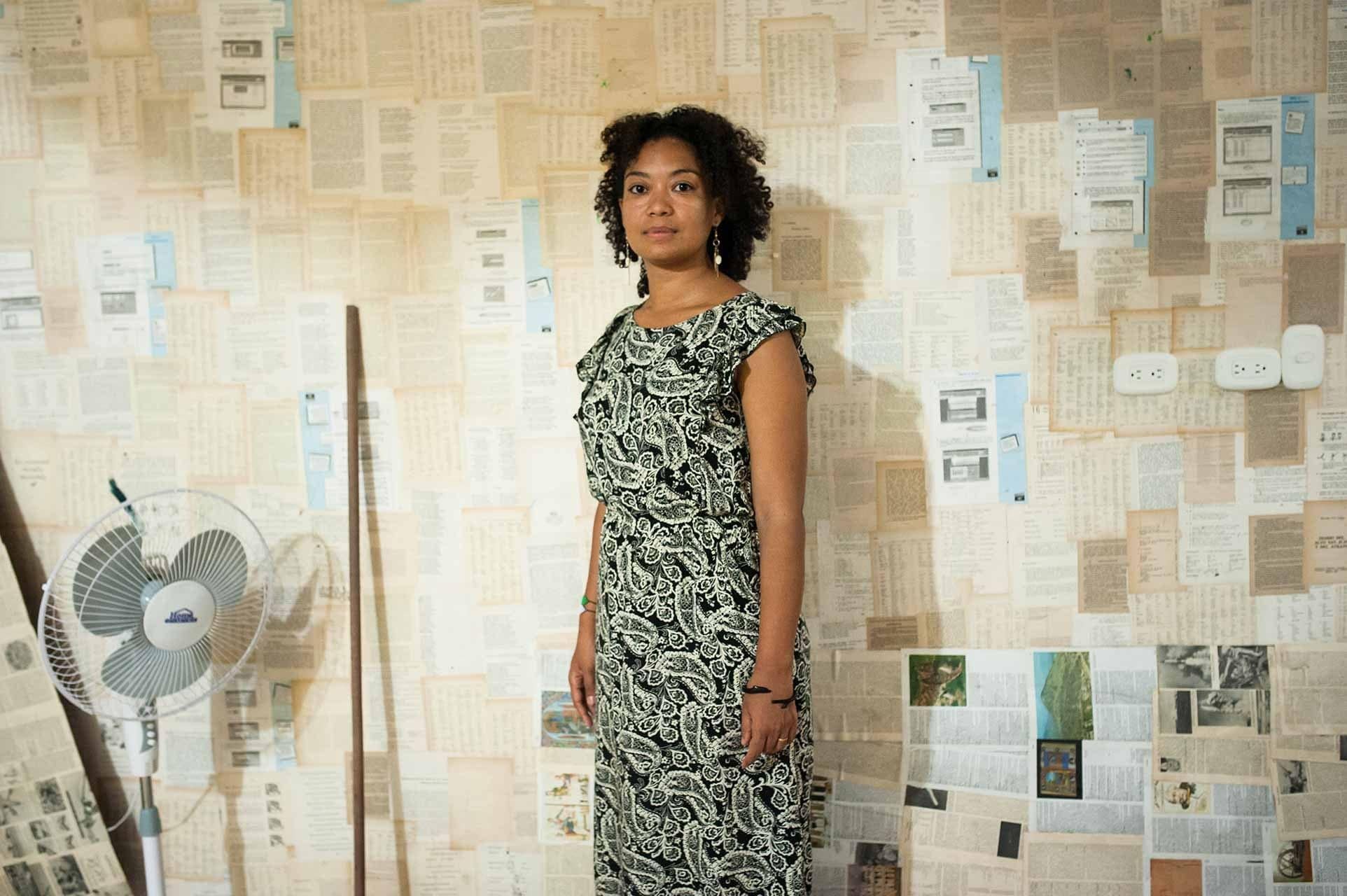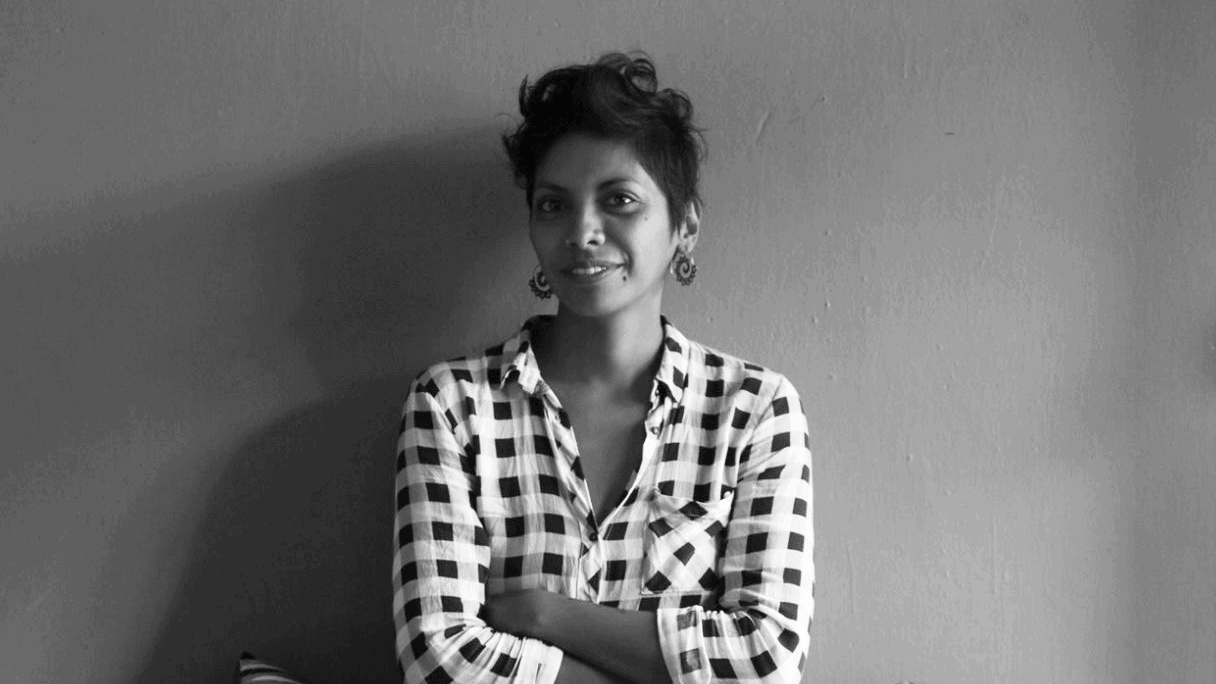Feed the memory fire
The most vigorous slave insurrection movement in the Colombian Caribbean took place in Cartagena. It happened at the beginning of the seventeenth century. “The first to publicly react was the spirited and daring Domingo [Benkos] Biohó, former monarch of an African state, who, leading thirty black men and women, plunged into the arcabuco and marsh of Matuna, south of the town of Tolú, where without any effort he defeats the masters ”, explains Aquiles Escalante.
The stories tell that in one of his incursions Benkos Biohó found suitable land and founded, at the foot of the Montes de María, the town that today is known as San Basilio de Palenque, the first free town in the Americas.
It was there, in Palenque, where the idea for the project led by Vist with the coordination of Jorge Panchoaga was born. When he was carrying out his Kalabongó project, he began to think about a series of workshops for Afro-descendant communities in Latin America. The project began this year with the aid of the Spanish Agency for International Cooperation (AECID). Thanks to a great team of people, its first stage has already ended.
The first workshop was held in Palenque with the support and participation of the Madremonte women’s group, the Kucha Suto collective, and a group of young people from Palenque. The workshop allowed the meeting between young people and elders who once again revived the oral memory of their people, activated their imagination, and together created a series of photographic, sonorous, and audiovisual images.
In the middle of the workshop, the La Bonga collective was formed, which continues to explore the oral memory, learning more about stories, and storytelling with images. Luis Martínez, better known as El Azul, shared with us his experience in the workshop.
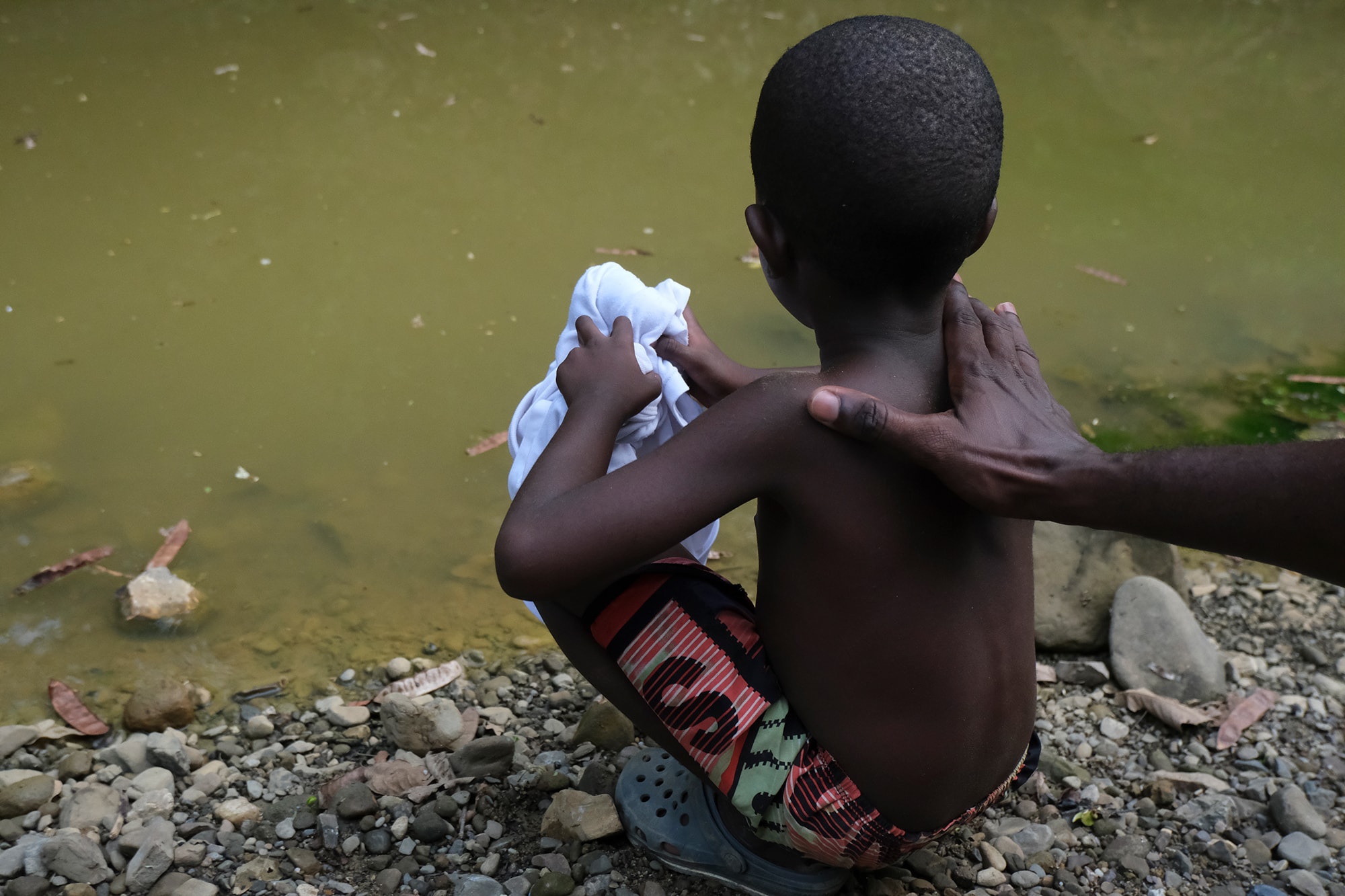
Fotografía | Jeison Riascos y El Murcy
How was your experience in the workshop, what did you learn?
My first approach to this workshop occurred long before Jorge Panchoaga thought of formalizing this research to train us here in the community. He had already come to Palenque other times and I had the opportunity to meet him and accompany him to see fireflies and take pictures. And in the matter of photographing, the idea was materializing and after previous meetings on the cell phone, he decided to call the book or this project Kalabongó. It is a beautiful name first because it highlights the Palenquero language, it is the Palenquero name for the little animal that we were photographing so he leaves happy.
From that point on, I was able to get to know another facet of photography because they were artistic photographs that were being made with lights and special filters so that the tonality that one wanted to give to the photograph would remain at the moment of portraying the person or the object.
After a while, he contacted us to do this workshop. For me, the workshop was very important because I meet new people, not only the members of the Kucha Suto collective participated but also other people from the community.
The workshop planted many seeds of love for photography, and they will grow until they germinate.
What did you think of the workshop methodology?
The methodology was following what the situation needs, because it was not the typical workshop, this workshop trained you and allowed you to practice. That hooked the participants, although the workshops did not all take place at the same time and that can have disadvantages, the methodology was so captivating that the boys always arrived.
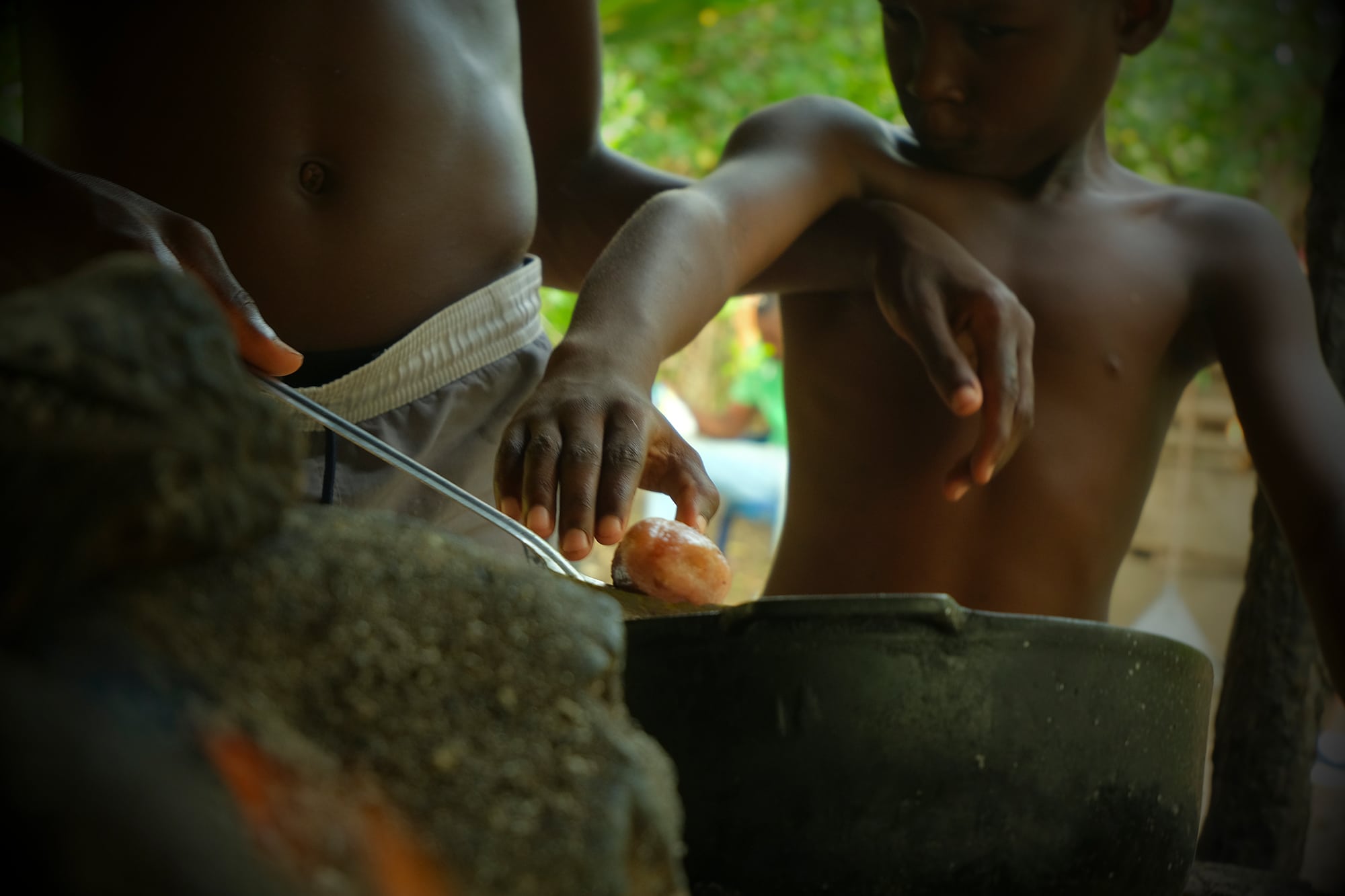
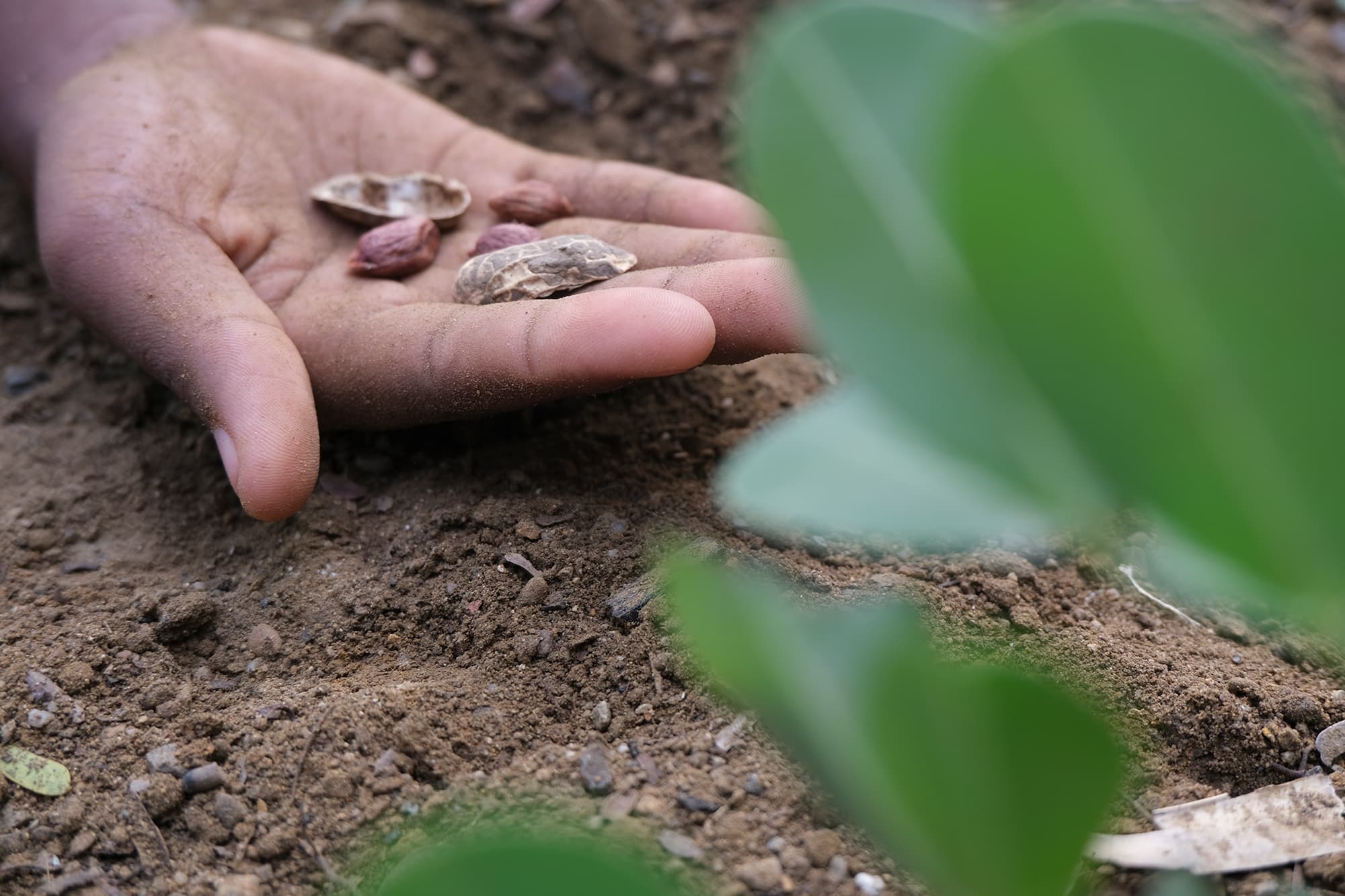
Fotografía | Jeison Riascos y El Murcy
What did you think of the imagination exercises proposed?
I hadn’t done something like that before. They are exercises that allow us as people to connect, first with the environment, then with ourselves, and allow us to imagine and make our brains fly. Then everything you imagine there when you come back to reality, you can try to capture it with your vision in a photograph so others can understand it.
Participants from other places tell what they saw or imagined in the exercise that asks them to hear some sounds. What happened to you at that time?
In the communications group, my role is as a sound engineer, so I’m going to feel everything differently because I wondered about the making of. So in that exercise, I was looking for the microphone position to understand how that sound was captured. To know what was the intention was intended with that sound, so I went the other way. Vices of an imaginer and someone who works with sound.
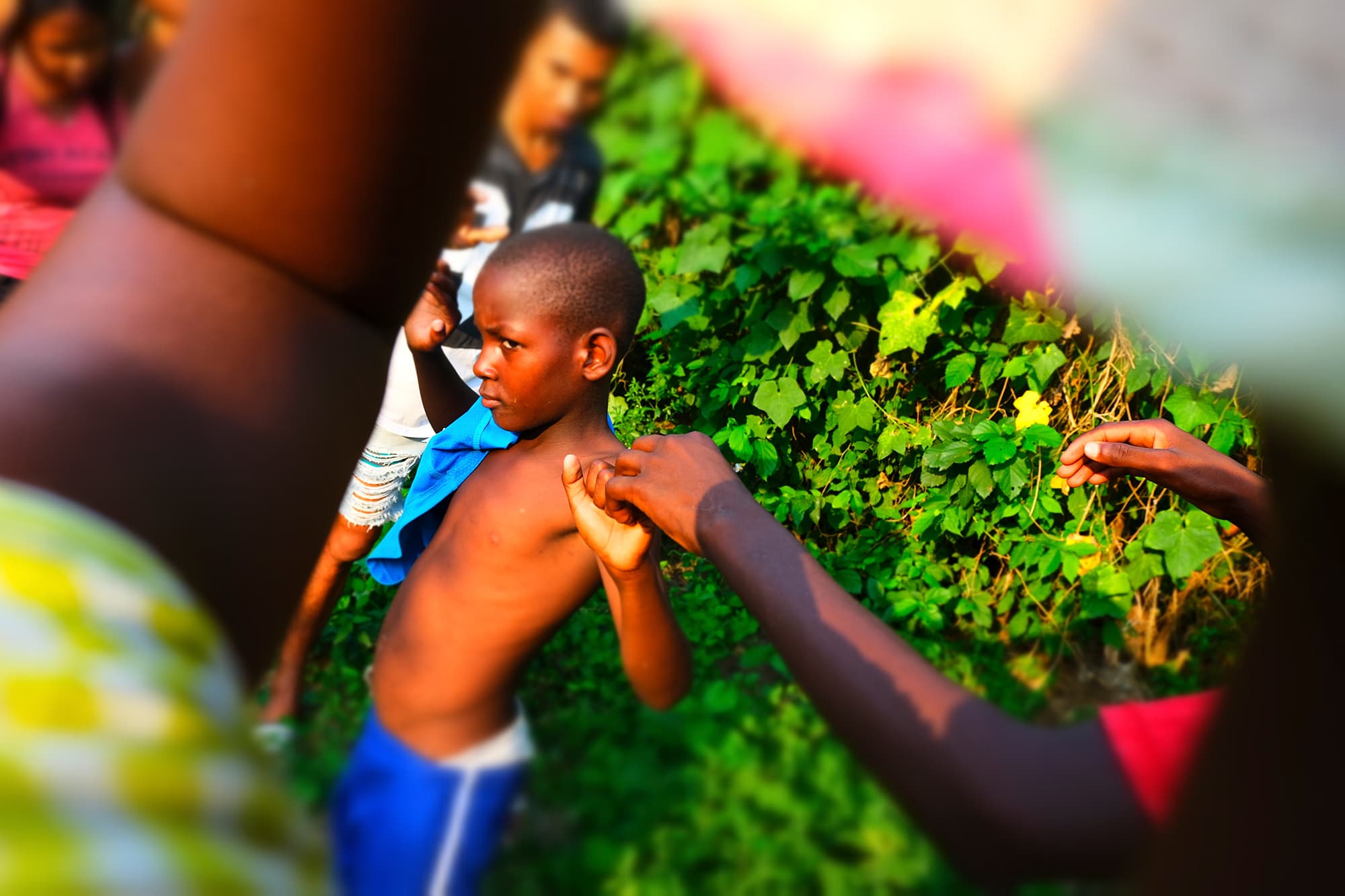
Fotografía | Jeison Riascos y El Murcy
You in the group have constant contact with the elders of the community in Palenque. What did you think of the meeting with them during the workshop?
Any contact with the living memory of San Basilio de Palenque will always be magical to me, a moment that must be captured and stored in memory, which is the best storage a person can have. It is so magical that they can forget things so as not to be saturated, and when they require it they remember it and can take you to that moment.
This workshop allowed the elderly to remember forgotten things so as not to carry so much weight, retake them and tell them to the new generations. This allows this Palenquero heritage to be safe, which is orally transmitted.
The elders who were at that time told us part of their experiences. And again, I imagine and put myself in that place, someone invisible who cannot be seen but who is in the situation as it happened.
I had not had the opportunity to be in this type of talk with the elders invited. I was like one of the children who were there very attentive listening to the stories.
That happened a lot with my dad, he sat us down at night and told us stories, then I listened and remembered, getting into the role of and from the story they were telling us, living everything I heard with the other colleagues. It was a magical moment.
How did the other workshop participants feel?
They were also motivated. Each one made a personal experience, and we could see that in the drawings that we made during each session because each activity involved imagining and drawing. Those drawings allowed me to enter a little into the minds of my colleagues. Each one took their experience in the best way and put it on paper.
It is a workshop that must be replicated not only in communities such as Afro- descendants but also in other communities that have stories to tell. In some sectors of the cultural context of Colombia things happen like forced displacement, changes, floods. These moments allow many people with different ideologies to get together.
Do you remember any particular image that you did alone or with your colleagues in the workshop?
I have two. We were recreating the story of Catalina Loango. We went to photograph the church and we wanted to represent this lady, Catalina’s godmother, calling her. I put the camera in black and white and lay down to show her in an American shot and to see the church. It is a photo that sticks in my head because of the way it is made and the context of the shot.
For the second we were recreating the story of Guanalora, she is a lady who loses one of her children because of an insect that gets into the children’s nose. At that time, we did not have the insect, but we had to take the photograph and I remember that with a plant we pretended that it was the gongochi, as we call it. That image suits me because it reminds me of how resourceful we can be.
Coordinación del proyecto | Jorge Panchoaga
Realización Audiovisual | Jorge Moreno Blanco y Rodolfo Palomino / Colectivo Kucha Suto
Edición, Montaje y Colorización | Lina Botero y Paolo García Nigrinis
Musicalización y Diseño Sonoro | Hernán García Nigrinis
Fotografía | Jeison Riascos y El Murcy
Con el apoyo de AECID, el Centro de Formación de la Cooperación Española Cartagena (Colombia) el colectivo Kucha Suto y el grupo de mujeres Madremonte
Este proyecto no se habría podido realizar sin un equipo grandioso:
Claudi Carreras, Miguel Angel Ramírez, Marcela Vallejo, Aquelarre.
Laboratorio de diseño y comunicación visual, Natalia Ines Sierra, Jahleel Shiloh, Lucía Junquera Ramos y Sebastián Hacher.
